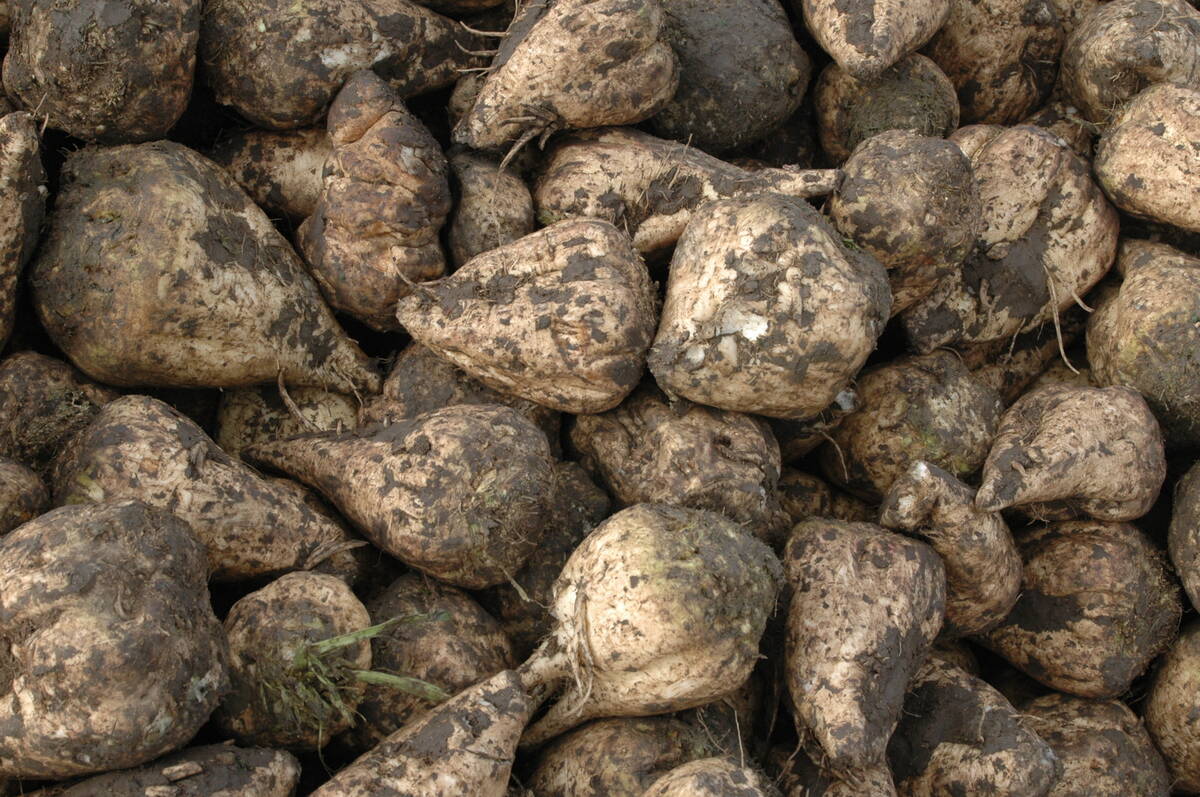Grain’s supply and demand ratio finds balance

SASKATOON — The global grain outlook for 2025-26 is incredibly balanced, says an analyst.
The International Grains Council (IGC) is forecasting 2.373 billion tonnes of production and an identical 2.373 billion tonnes of demand.
“We’re looking at quite a finely balanced fundamental picture for grains,” Helen Plant, senior analyst for the United Kingdom’s Agriculture and Horticulture Development Board, said in a recent webinar.
Read Also


Alberta sugar beet growers sign contract with processor
Negotiations between the Alberta Sugar Beet Growers (ASBG) and Rogers Sugar that continued into May have culminated in a successful five-year contract, ensuring continued production from sugar beets grown in southern Alberta.
Global grain production is expected to recover by 70 million tonnes due to more favourable growing conditions, while demand will rise by 45 million tonnes as more low-priced corn finds its way into feed rations.
Wheat stocks among the major exporters are expected to fall further in 2025-26.
Barley supplies look to be more balanced with the first surplus in three years due to lacklustre demand from the malting and brewing industries.
There will be a large corn surplus due to a massive crop in the United States.
The IGC is forecasting a “notable recovery” in European Union wheat and barley production after poor crops last year. Total EU grain production is forecast to rise by about 18 million tonnes.
Black Sea grain output will be similar to last year with a decline in wheat production being more than offset by a rise in barley and corn.
The IGC is forecasting a 20 million tonne increase in U.S. corn production, which would result in the largest crop in 12 years.
Plant will be keeping a keen eye on European weather, noting that it has been dry in northern Europe of late.
Black Sea rainfall will be another key watchpoint for the global grain market. She wonders if the expected rain will arrive and how much damage was done by recent cold snaps.
Her final watchpoint for the global grain sector will be the U.S. corn crop. Planting is going well, and there has been beneficial rain. However, the tale will be told in July when hot and dry conditions could adversely affect yields.
Global oilseed supplies are looking heavier than they are on the grain side.
The EU should see a four million tonne increase in combined rapeseed and sunflower production following last year’s weather challenges.
Ukraine is looking at about a two million tonne increase in sunflower production being partially offset by a small drop in canola.
“Planting has not got off to the easiest start for the spring crops in Ukraine, so we’re going to need to be watching those,” said Plant.
U.S. soybean production is forecast to be down about three million tonnes due to the acreage shift to corn. August will be the month to watch for that crop.
Brazil and Argentina’s combined production will be up more than eight million tonnes in 2025-26.
Plant will also be keeping a close eye on Australia’s canola crop. The forecast calls for dry conditions through the end of May, some moisture in June and then hot and dry for the remainder of winter.
“I do think there’s a risk point there to keep an eye on,” she said.
The big wild card is biofuel demand. U.S. monthly biodiesel production has fallen off a cliff in early 2025, reaching the lowest levels in 10 years due to shifting government policy.
That is going to reduce soy oil and canola oil demand from that important market.
Plant said a lot of the market fundamentals outlined above are subject to bearish macroeconomic factors.
The International Monetary Fund is now forecasting global economic growth of 2.8 percent in 2025, down from its earler forecast of 3.2 percent.
As well, there is considerable downside risk to the new forecast.
“A lot of that comes from changes to U.S. trade policy,” she said.
The war in Ukraine continues to threaten supplies from that major producing and exporting region of the world.
Currency markets are extremely volatile.
And crude oil prices have tumbled US$22 per barrel since peaking at $82 earlier this year. That is a 27 per cent drop.
“It’s going to be one of those years when we need to keep a closer eye on markets because things are going to be changing fast,” said Plant.
Source: producer.com


